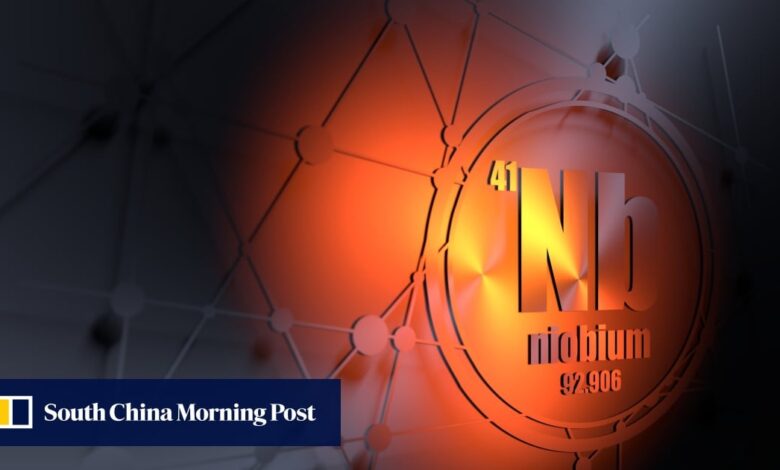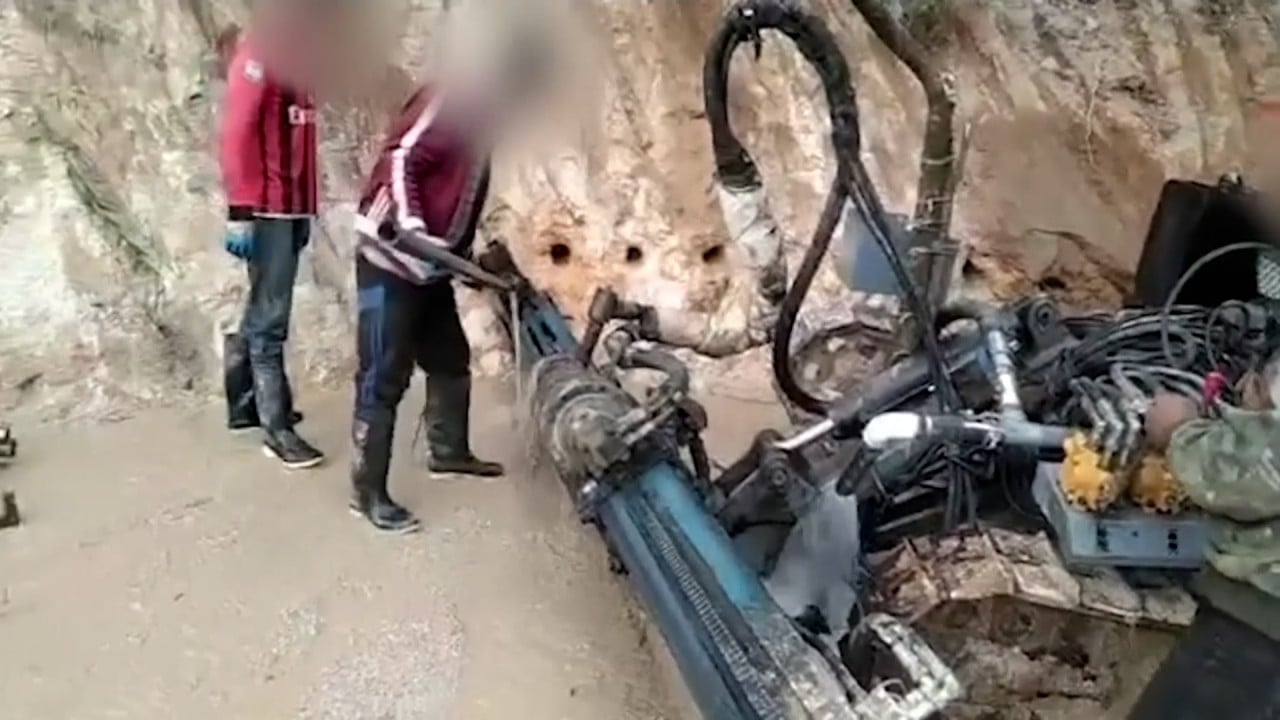‘It could make China self-sufficient’: new strategic rare metal ore unearthed in Inner Mongolia

The niobium ore – dubbed niobobaotite – has received an official approval number from the International Mineralogical Association’s classification committee, according to the state-owned China National Nuclear Corporation (CNNC).
The niobobaotite, which was discovered at the Bayan Obo ore deposit in the city of Baotou in Inner Mongolia, is a brown-black ore made up of niobium, barium, titanium, iron and chloride.
Alloys made with niobium are used to make construction materials, oil and gas pipelines, propeller blades and jet engines and more. Niobium is also known as a superconductor at low temperatures, making it useful in the production of superconducting magnets for particle accelerators and MRI machines, according to Geoscience Australia.
Geologists from a CNNC subsidiary discovered the metal ore on Tuesday, making it the 17th new mineral found in Baotou, and the 150th mineral found in the area overall.
Antonio H. Carlos Neto, a professor of electrical and computer engineering at the National University of Singapore, told the Post that the “discovery is significant for China since most of the niobium China uses in the steel industry is imported”.
Tech innovation aims to boost China’s crucial rare earth industry
Tech innovation aims to boost China’s crucial rare earth industry
China imports 95 per cent of its niobium, according to Citic Metal.
Rogerio Ribas, head of the Brazilian Metallurgy and Mining Company (CBMM), which owns more than 70 per cent of the world’s niobium reserves, told Chinese state news agency Xinhua in May that in the last few years the company was moving beyond the steel industry and using niobium in battery development.
CBMM, which is partly owned by a group of Chinese companies including Citic, had several projects in China involved in the development of “niobium technologies for lithium batteries”, Ribas said.
According to Xinhua, CBMM is focused on using niobium in lithium-based batteries, and has partnered with battery manufacturers, universities and research and development centres in China to improve the technology.
Niobium is also being used in a bid to move away from lithium batteries entirely. Carlos Neto, who is also the director of the National University of Singapore’s Centre for Advanced 2D Materials, said the niobium-graphene batteries they were producing “can last 30 years or more”.
Aukus pact, rare earth production will keep Australia self-reliant: Albanese
Aukus pact, rare earth production will keep Australia self-reliant: Albanese
The centre said niobium-based batteries could last 10 times longer than traditional lithium-ion batteries, and their improved conductivity meant the battery could perform better overall.
The batteries are also safer, because they do not contain flammable liquid electrolytes. They can also charge in just 10 minutes, compared to the few hours it takes to charge lithium batteries, according to the centre.






